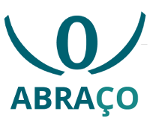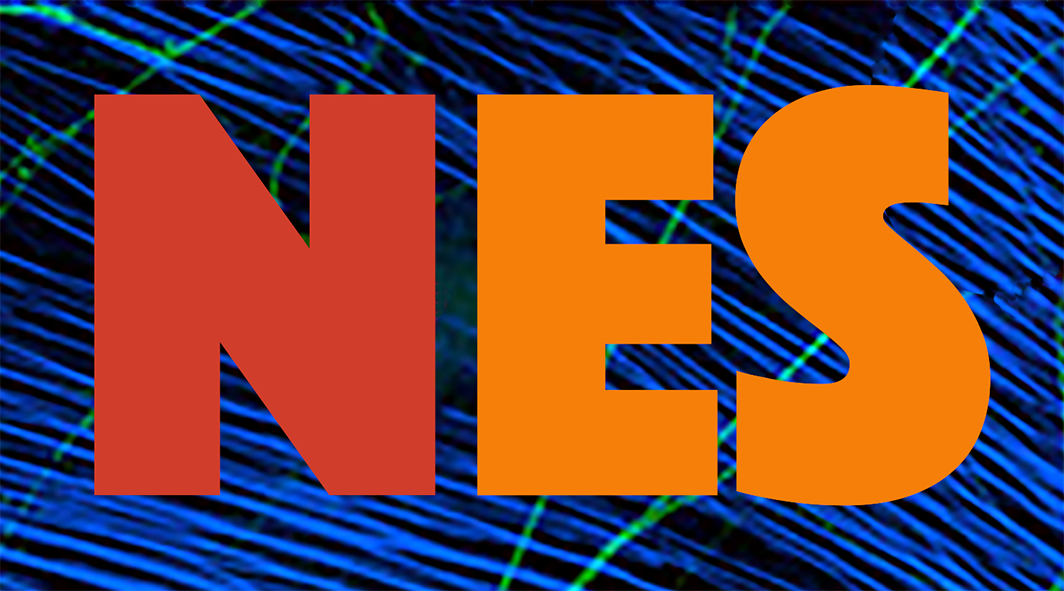A Negative Slope Conductance of the Persistent Sodium Current Prolongs Subthreshold Depolarizations
Jul 29, 2019
Ceballos C. C., Roque A. C. and Leão R. M.
Neuronal subthreshold voltage-dependent currents determine membrane properties such as the input resistance (Rin) and the membrane time constant (τm) in the subthreshold range. In contrast with classical cable theory predictions, the persistent sodium current (INaP), a non-inactivating mode of the voltage-dependent sodium current, paradoxically increases Rin and τm when activated. Furthermore, this current amplifies and prolongs synaptic currents in the subthreshold range. Here, using a computational neuronal model, we showed that the creation of a region of negative slope conductance by INaP activation is responsible for these effects and the ability of the negative slope conductance to amplify and prolong Rin and τm relies on the fast activation of INaP. Using dynamic clamp in hippocampal CA1 pyramidal neurons in brain slices, we showed that the effects of INaP on Rin and τm can be recovered by applying an artificial INaP after blocking endogenous INaP with tetrodotoxin. Furthermore, we showed that injection of a pure negative conductance is enough to reproduce the effects of INaP on Rin and τm and is also able to prolong artificial excitatory post synaptic currents. Since both the negative slope conductance and the almost instantaneous activation are critical for producing these effects, the INaP is an ideal current for boosting the amplitude and duration of excitatory post synaptic currents near the action potential threshold.
The whole paper is available here.
Share on Facebook





